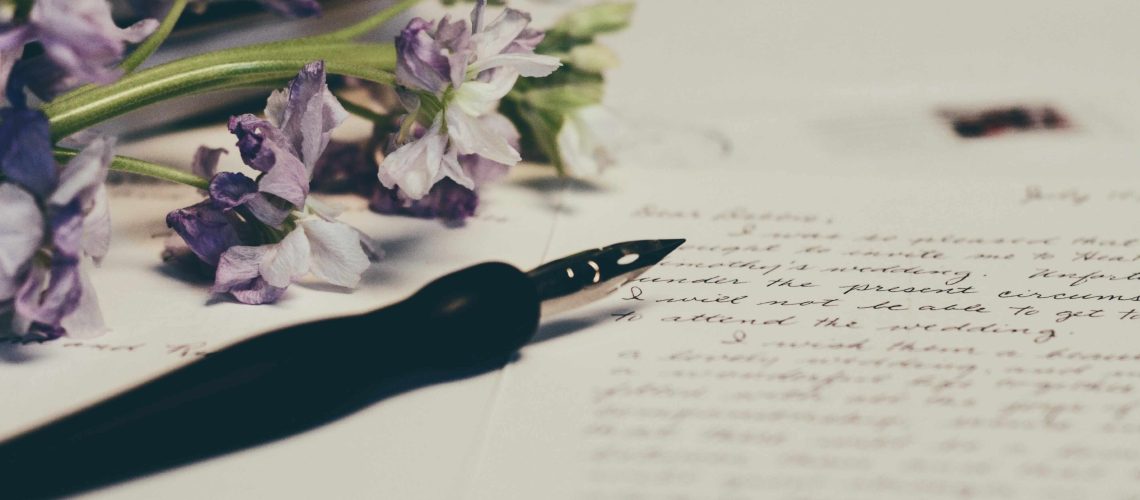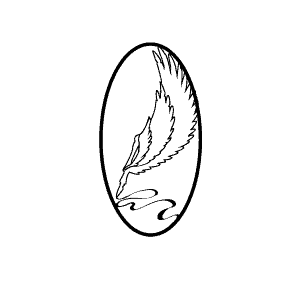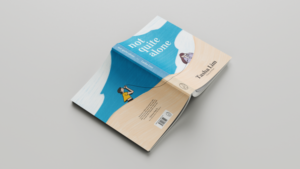By Nuraina
Poetry
The evolution of Poetry – When one says “Poetry”, one thinks of the rhythmic quality of lines, verses, and the language. Some may have forgotten that, like all other forms of art; painting, dance, sculpture, or music, Poetry is a form of art that has different forms or types with tools, techniques, practices, and history that was born from it. The types of poetry that are famously seen are poems in the form of couplets, sonnets, haikus, and free verse poems.
She is Enheduanna – First ever named poet (pre-Homer)!
Since the birth of Poetry, there have been many great poets who have become the gods and goddesses of Poetry and Prose throughout the years, such as Homer, Dante Alighieri, William Shakespeare, Sylvia Plath, Elizabeth Barrett Browning, to name a few. As a poet myself and an aesthete (or poetry enthusiast), I wonder who was the first ever poet or what was the first poem to ever be written.
Some say that Homer’s Iliad and Odyssey were among the first known works of literature to ever be written. Some say the Epic of Gilgamesh by an unknown poet was the first since it predates Homer, written in ancient Mesopotamia four millennia ago. Most literature enthusiasts have accepted that Homer was the first great and “named” author, despite his identity remaining a mystery, questioning whether the author was ever a “he”.
As we go further back in time, 1500 years pre-Homer, it is refreshing to learn that the world’s first named author and poet was in fact a woman named Enheduanna. A Sumerian princess, high priestess, writer, and poet. Her work of poetry, The Descent of Inanna, is known to be the oldest epic written by any named male or female poet.
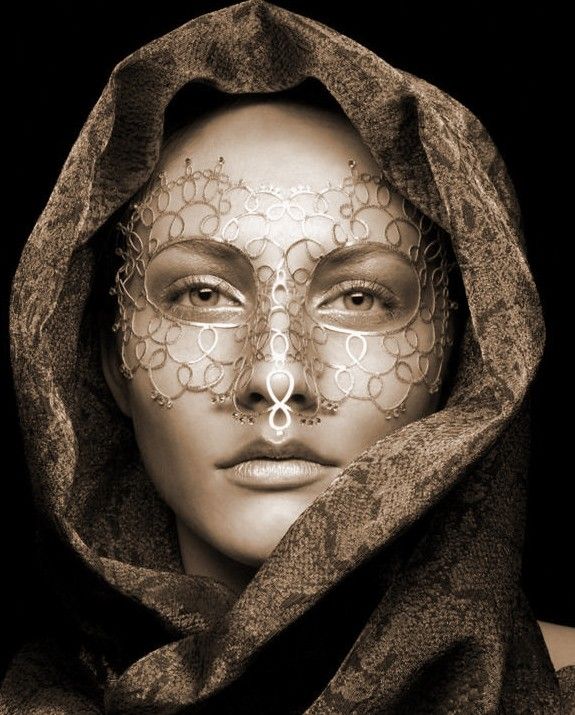
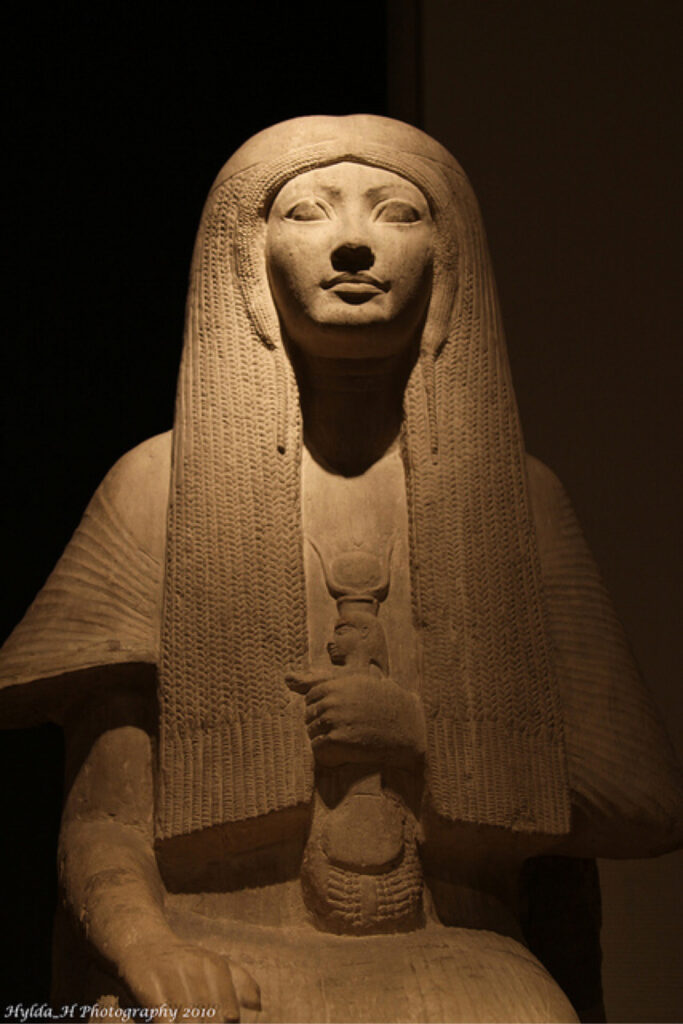
The poem’s first famous lines are:
From the Great Above she opened her ear to the Great Below
From the Great Above the goddess opened her ear to the Great Below
From the Great Above Inanna opened her ear to the Great Below.
(Wolkstein and Kramer, 52)
Evolution of poetry – oral to writing to maybe visual?

Before the invention of writing, forms of literature were originally done orally. Historical events and stories were passed around through ballads, hymns, and songs. Which means that Poetry was originally performed orally. The rhythm of the lines is what also helps distinguish Poetry from Prose rather than a rhyming structure.
A millennia ago, Oral Poetry was what in today’s time could be known as Spoken Word. The similarities are seen through the oral poetic performance, mainly based on the poem as well as the performer’s aesthetic qualities. The poems written also contain the poets’ thoughts and emotions, with the purpose of provoking a live reaction from the audience.
This transition from oral to written remains a source of consternation for me. To what extent can this art exceed its limitations? What other forms can this art be moulded or enhanced into? Could the gods and goddesses of Poetry accept breaking the rules of its traditional structure even further by incorporating certain forms of visuals into poetry writing?
Visual Poetry – Bending the rules of Poetry? Impossible!
The traditional art of poetry has evolved throughout the years, with many great poets enhancing the quality of poetry as well as extending the limits of the art by bending rules and challenging the traditional forms. One of the unique forms of poetry in which poets have bent the rules is Concrete poetry and Visual poetry.
To understand and differentiate between the two, concrete poems can be seen as the poet’s intent to communicate graphically through patterns of letters, words, or symbols rather than through the meaning of words in conventional arrangement. While visual poems are those in which the typography or lines are arranged in an unusual way to convey or extend the emotional content of the words.
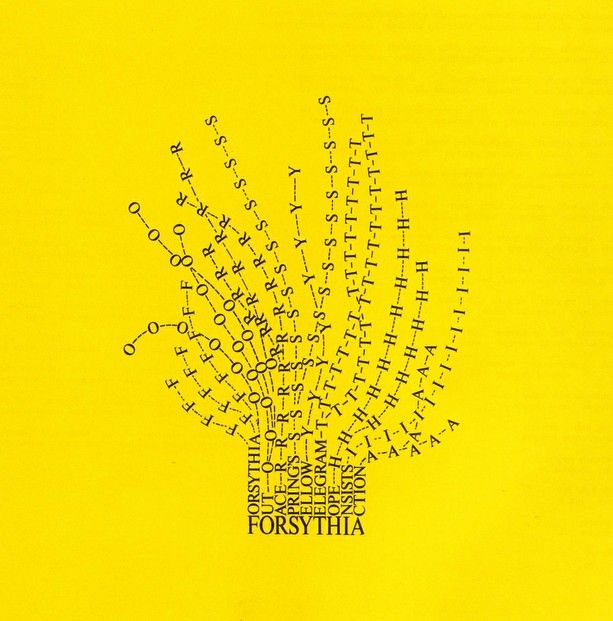
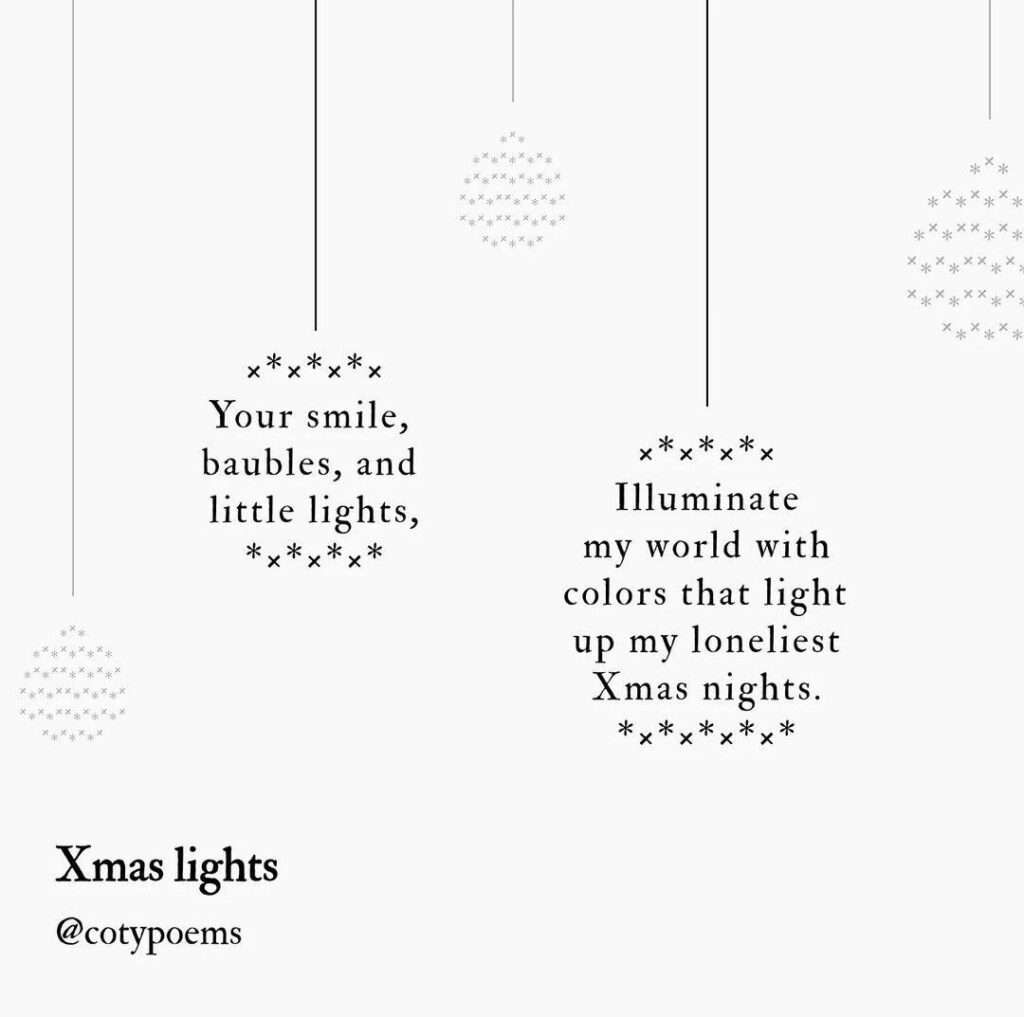
The poem Easter Wings by George Herbert is a masterpiece of Visual Poetry. The poem is written sideways down the pages with words varying in line lengths that are filled with heavy metrics and rhymes to concentrate on the verbal message. The various line lengths are what shaped the poem into a pair of angel’s wings.
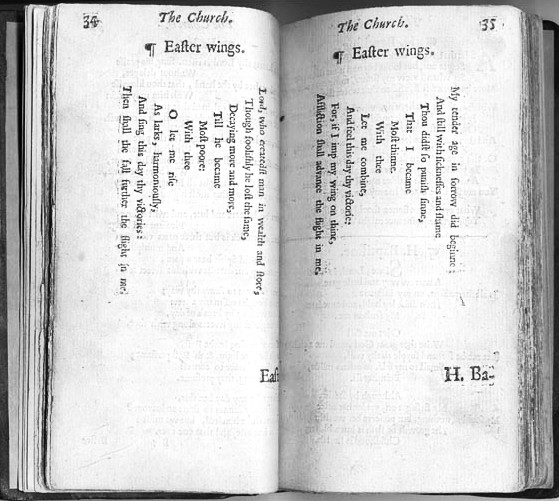
Visual and Concrete poetry were created due to the major 20th century art and literary movements where some artists and poets believed that poetry should be more than its traditional rhythmic form and structure.
Cinematography + Poetry = Visual poetry too!
Today, visual poetry can also be seen in the form of cinematography. It also combines two arts together; poetry writing and filming, to bring the poems more alive. This type of visual poetry can elicit the deepest thoughts and emotions from readers or viewers. It’s as if this form of visual poetry gives the poem a soul. It lives and breathes by showing clips that relate to the words, give depth to the lines, or are creatively edited to enhance the overall message of the poem. Recently, poetry writing, and cinematography are slowly solidifying the art form of visual poetry as more poems and prose are paired with creative videos, emerging into the realm of poetry and Prose by different poets, authors, and creators alike.
If you created your very own visual poetry, DM or tag us on our Instgram @penwingspublishing as we would love to feature you on our page!
You can find numerous videos of Visual Poetry on YouTube and to see how poetic words, verses, and prose are paired with videos to enhance and break the limits of the art of poetry.

